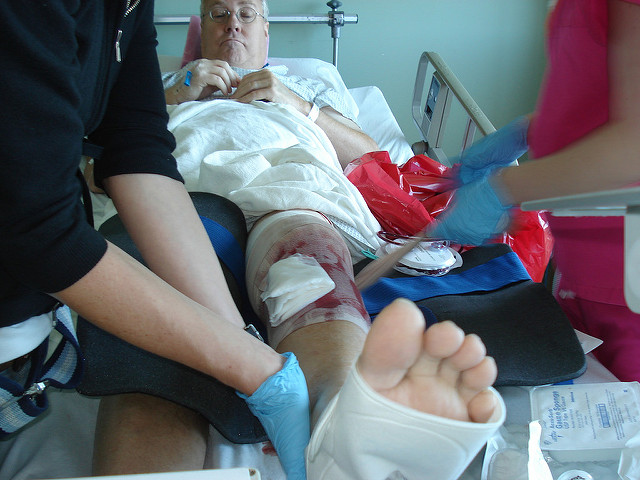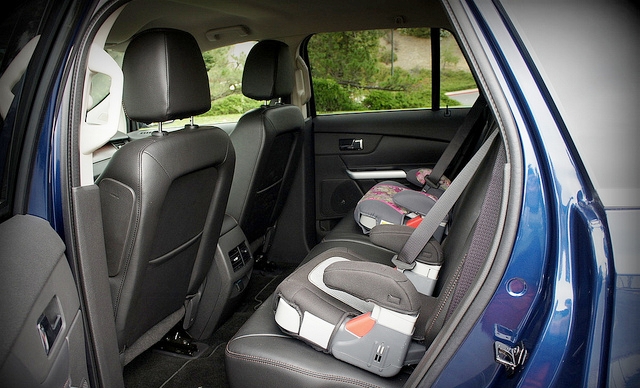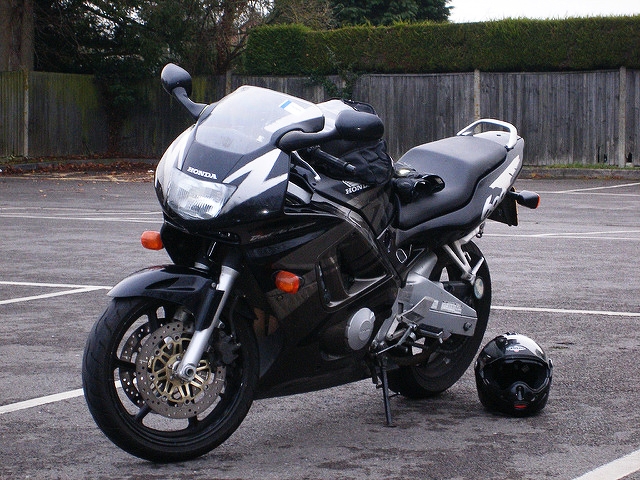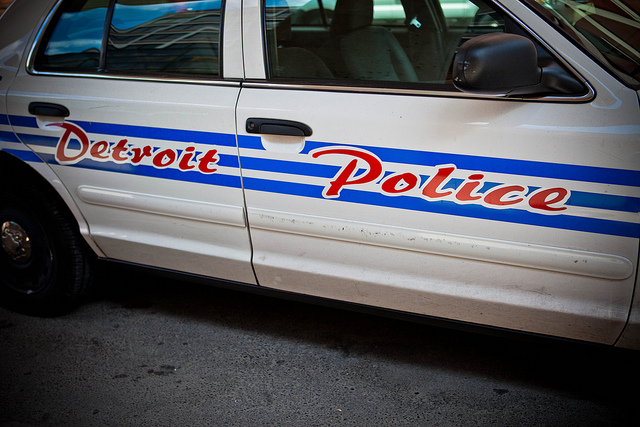It’s almost Halloween, and while zombies and skeletons may be fictional, the dangers that exist on Halloween night are very real. Therefore, both kids and adults need to be thinking about pedestrian safety on Halloween night. According to Safe Kids, on average, twice as many child pedestrians are killed on Halloween compared to other days of the year. Dr. Rebecca Parker, chairwoman of the American College of Emergency Physicians' board of directors, told U.S. News and World Report that most of these child pedestrian car accidents occur between 4 PM and 10 PM, as kids anxious for candy start hitting the streets when the sun starts to set, making it harder for drivers to see. However, Dr. Leticia Manning, an injury researcher at Johns Hopkins Children’s Center, added that these motor vehicle accidents are not always the driver’s fault. Children are often wearing masks that make it difficult for them to see, wearing costumes they could trip over, and are generally excited, making their movements more unpredictable.
According to the National Security Council, October ranks second for motor vehicle deaths per month. More so, pedestrian death or injuries of those ages 5 to 9 occur most commonly when the child darts or runs into the road. Dr. Sarah Denny, an emergency room physician at Nationwide Children’s Hospital in Columbus, Ohio, confirms this. She says that the majority of child pedestrian accidents do not occur in the crosswalk. Since the dangers of Halloween night shouldn't be downplayed, Safe Kids has some suggestions as to how to stay safe while having fun during trick-or-treating.
Halloween Road Safety Tips For Kids
Cross the streets at corners, using traffic signals and crosswalks.
Look left, right, and left again when crossing and keep looking as you cross.
Put your electronic devices down and keep heads up and walk, don’t run, across the street.
Always walk on sidewalks or paths. If there are no sidewalks, walk facing traffic as far to the left as possible.
Children under the age of 12, should not be alone at night without adult supervision.
Decorate your costumes and bags with reflective tape or stickers and, if possible, choose light colors.
Choose face paint and makeup whenever possible instead of masks, which can obstruct your vision.
Carry glow sticks or flashlights to help you see and be seen by drivers.
When selecting a costume, make sure it is the right size to prevent trips and falls.
Trick-or-treating should be a fun night for both kids and adults, but it is important to be aware of the dangers that exist. Halloween scares such as poisonous candy or razor blades in apples are less common occurrences than pedestrian accidents. Parents educating their kids, as well as kids being proactive about smart costume choices and safe pedestrian habits, may help kids stay safe while enjoying trick-or-treating. While these tip can't guarantee that a pedestrian car accident won't happen, parents and kids should make sure they are doing everything in their power to help lower their risk of being involved in a car crash.
Pedestrian car accidents can occur on any night, any time of year. If you or a loved one have been the victim of a pedestrian accident, call The Michigan Law Firm, PLLC at 844.4MI.FIRM for a free legal consultation with one of our experienced attorneys.









































